Async/Await in Javascript
![]()

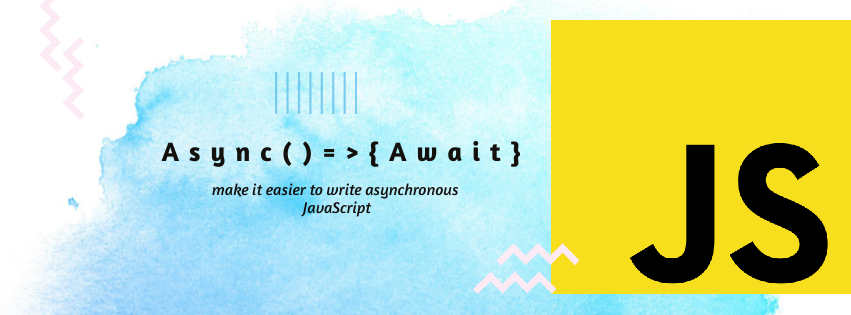
Async/Await is useful syntactic sugar built on top of promises that allow better code readability without losing any of the benefits of JavaScript's asynchronous nature.
Petar Todorovski17.03.2022




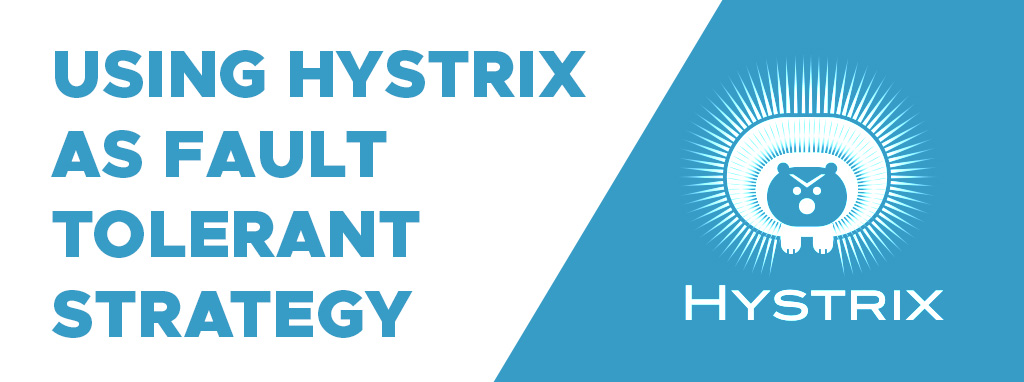

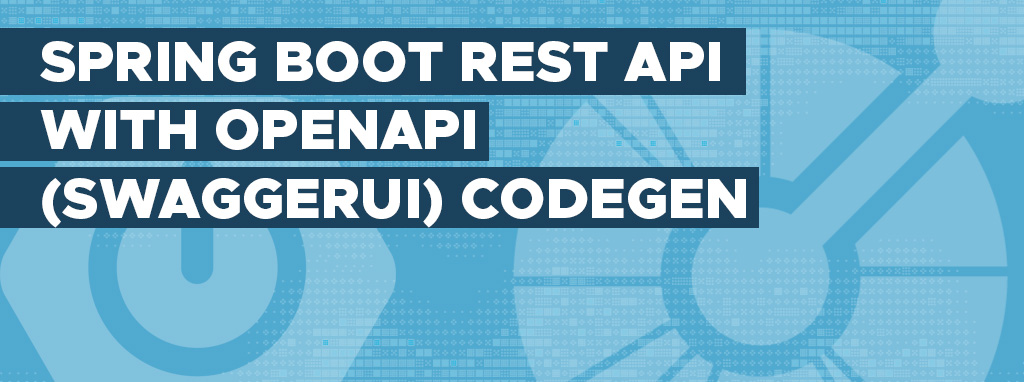


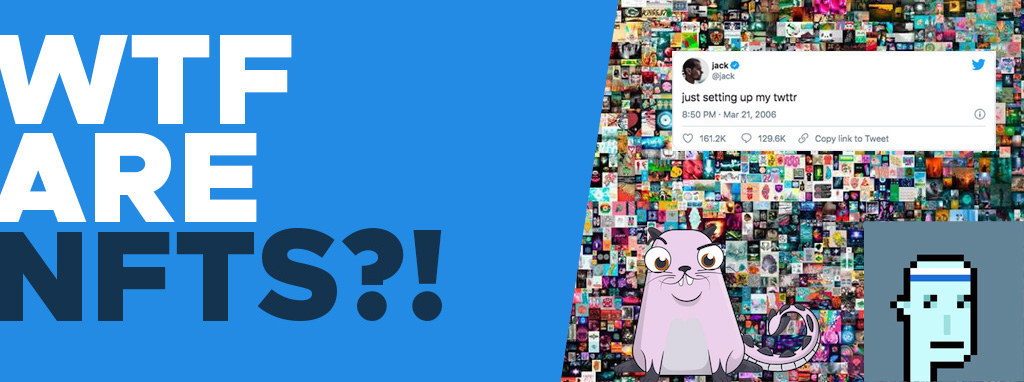
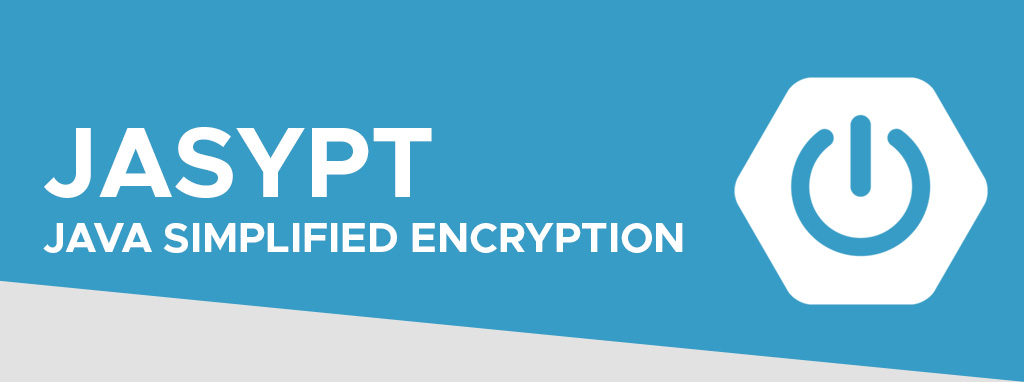



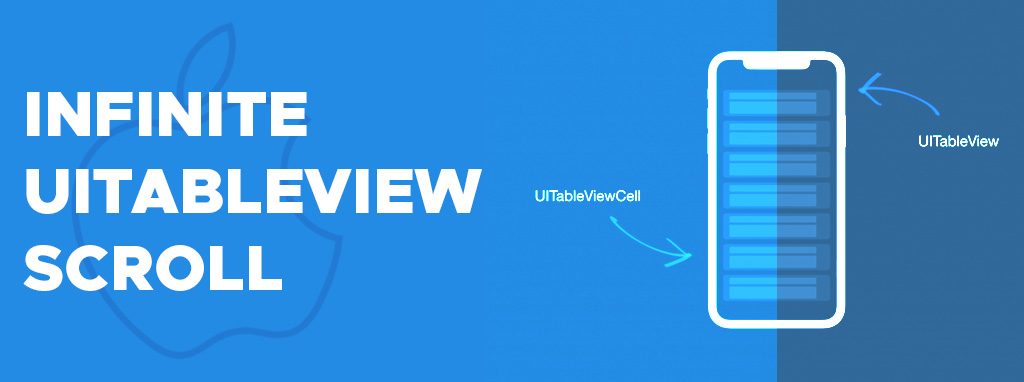
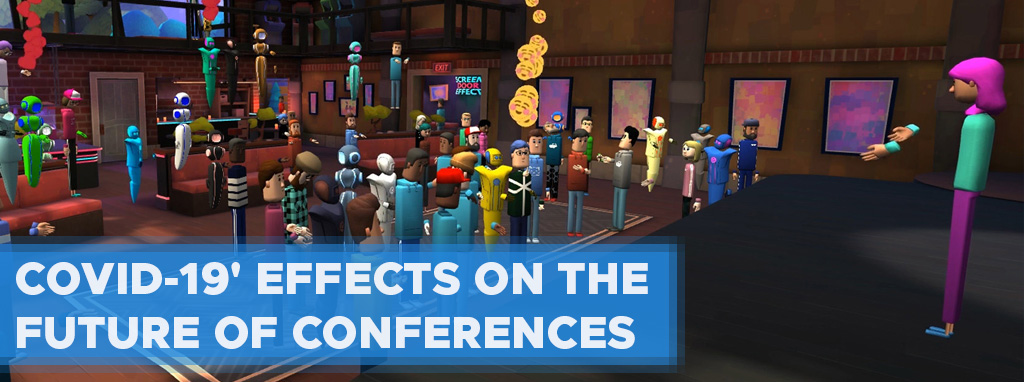





Great explanation of using Apollo Local Resolvers with the InMemory Cache. Super helpful to see how we can mock data…
Налаженный бизнес или успешная франшиза? Рейтинг франшиз
Technically, static volatile fetches the value from "main memory" instead of local cache, isn't it?
Hi there Daniel, thanks for raising that question. Well, you can achieve better security by putting the master password as…
Promanage IT Solutions has emerged as one of the most popular WordPress Development services in a short time. We have…